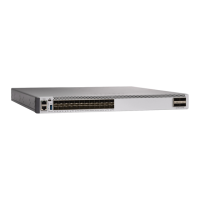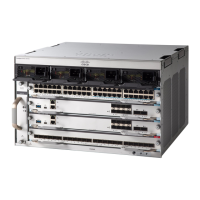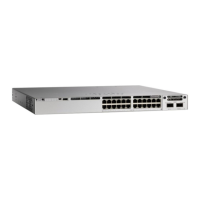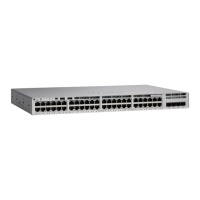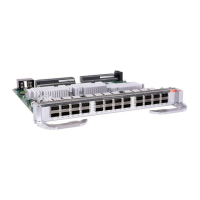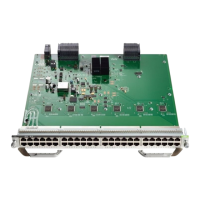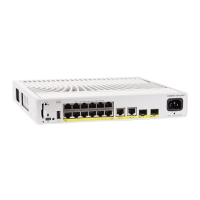PurposeCommand or Action
Enters interface configuration mode.
interface type number
Example:
Device(config)# interface
fastethernet 6/0
Step 3
Enables support for IPv4 routing on the interface.
ip router isis [ tag ]
Example:
Device(config-if)# ip router isis
tag1
Step 4
Enables or disables BFD on a per-interface basis for
one or more interfaces associated with the IS-IS routing
process.
isis bfd [disable]
Example:
Device(config-if)# isis bfd
Step 5
You should use the disable keyword only if
you enabled BFD on all of the interfaces that
IS-IS is associated with using the bfd
all-interfaces command in router
configuration mode.
Note
Exits interface configuration mode and returns the
router to privileged EXEC mode.
end
Example:
Device(config-if)# end
Step 6
(Optional) Displays information that can help verify if
the BFD neighbor is active and displays the routing
protocols that BFD has registered.
show bfd neighbors [details]
Example:
Device# show bfd neighbors
details
Step 7
(Optional) Displays information that can help verify if
BFD for IS-IS has been enabled for a specific IS-IS
interface that is associated.
show clns interface
Example:
Device# show clns interface
Step 8
Configuring BFD Support for OSPF
This section describes the procedures for configuring BFD support for OSPF so that OSPF is a registered
protocol with BFD and will receive forwarding path detection failure messages from BFD. You can either
configure BFD support for OSPF globally on all interfaces or configure it selectively on one or more interfaces.
There are two methods for enabling BFD support for OSPF:
Routing Configuration Guide, Cisco IOS XE Everest 16.6.x (Catalyst 9500 Switches)
13
Configuring Bidirectional Forwarding Detection
How to Configure Bidirectional Forwarding Detection

